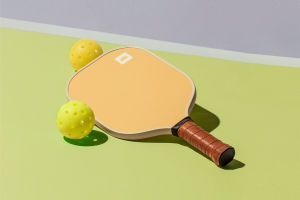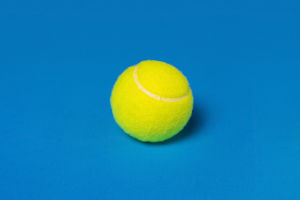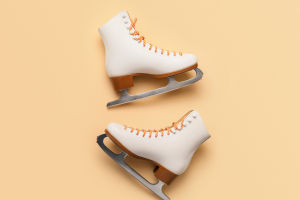Whether a beginner or an advanced player, tennis is a physically demanding sport that engages every muscle group for extended periods.
Beyond physicality, tennis is also a mental game, requiring quick thinking and strategic decision-making to dominate the court. Consistently practicing tennis fundamentals enhances skills and significantly improves overall performance.
Why Play Tennis?
Playing tennis provides numerous physical and mental benefits.
Physical Fitness
Tennis enhances hand-eye coordination, balance, and agility. The rigorous footwork and upper body movements help maintain physical fitness and reduce stress.
Mental Sharpness
The game demands quick decision-making and strategizing, which strengthens problem-solving and critical-thinking skills. For instance, timing a split-step, shifting body weight, and deciding between cross-court or down-the-line shots are integral to success.
Social Interaction
Dear Lykkers! Tennis matches foster social skills and teamwork, particularly when playing doubles. The sport's collaborative nature builds camaraderie and communication.
What Equipment Is Needed to Play Tennis?
To start playing tennis, specific equipment is essential:
Tennis Racket
The racket's head and grip must suit skill level for optimal performance.
Footwear
Tennis shoes offering lateral support are necessary to prevent ankle injuries. Running shoes are not recommended.
Optional Accessories
Headbands and wristbands can be worn to keep sweat at bay. Dress codes might apply in some clubs.
Basic Rules of Tennis
Understanding the rules is crucial for an enjoyable tennis experience.
Serving and Rallying
Serves must land in the opponent's service box, and rally shots must remain within the boundaries.
Scoring
The server’s score is announced first. Points progress from love (0) to 15, 30, and 40. Winning two consecutive points after a deuce (40-40) secures the game.
Fair Play
Touching the net, dropping the racket, or hitting the ball twice ends the point. A ball must bounce only once before being returned.
Winning Criteria
Games and sets are won by a two-point margin. In ties, tiebreaks determine the winner.
Beginner Tennis Lesson | Forehand, Backhand & Serve
Video by Intuitive Tennis
How to Play Tennis
Once prepared, the game involves structured steps:
1. Deciding Who Serves
A coin toss or racket spin determines the server. Players alternate serving sides during the game.
2. Leveraging Strengths
Players use a combination of forehand, backhand, and volleying techniques to dominate the match.
3. Adapting to Conditions
Switching sides after odd-numbered games ensures fairness in outdoor matches affected by wind and sunlight.
4. Playing Tiebreakers
When games are tied at 6-6, a tiebreak (played to seven points) decides the winner.
How Does Scoring Work in Tennis?
Understanding the scoring system helps navigate matches seamlessly.
Starting at Love
Games begin at 0-0, advancing to 15, 30, and 40 for each point scored.
Ad Phase
A deuce (40-40) requires two consecutive points to win. The score may toggle between advantage-in and advantage-out until resolved.
No-Ad Scoring
For a quicker pace, players may agree that the next point after deuce decides the game.
This guide equips players with the essentials to excel at tennis, emphasizing both the physical and mental aspects of the sport.


